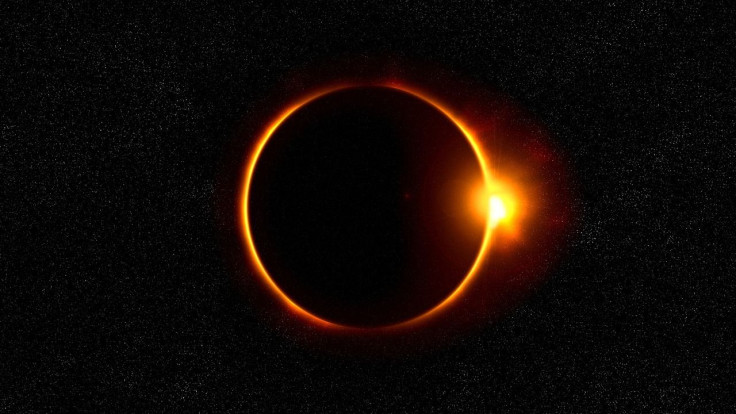Full Moon, Two Meteor Showers And Other Cosmic Events Happening This Month

It seems December will turn out to be the best month for stargazers this year due to the number of cosmic events that are bound to happen within the next couple of days and weeks. Some of the events that will happen this month include a full moon, two meteor showers and a solar eclipse.
This month’s full moon is set to take place on Dec. 12. Known as the Cold Moon, Oak Moon or Long Nights Moon, this occurs when the Moon appears on the opposite side of the Earth as the Sun. When this happens, the face or surface of the Moon gets fully illuminated, Space.com reported.
The full moon will then be followed by a cosmic event known as the King Of Meteor Showers or the Geminids Meteor Shower. Although this event is expected to run from Dec. 4 to 16, it will peak between Dec. 13 and 14. The best time to watch this event is around midnight to early dawn the next day.
During the shower’s peak, skywatchers can expect to see up to 120 meteors per hour.
The second meteor shower that will take place this month will happen on Dec. 21. Dubbed as the Ursids Meteor Shower, this event will radiate from the Ursa Minor constellation, which means the shower could appear anywhere in the sky. This event will peak on the night of Dec. 21 with five to ten meteors per hour.
After the Ursids Meteor Shower, Earth will celebrate its December Solstice on Dec. 22. During this day, Earth’s South Pole will tilt towards the Sun. For those in the Southern Hemisphere, this event will mark the beginning of summer. As for those in the Northern Hemisphere, it will signify the first day of winter.
On the day after Christmas, an annual solar eclipse will take place. In this astronomical event, the Moon will be very far from Earth. Due to its position, the light from the Sun will only be able to reach the side of the Moon facing away from Earth. Because of this, the Moon will appear with a bright ring of light around it on Dec. 26.
© Copyright IBTimes 2025. All rights reserved.





















